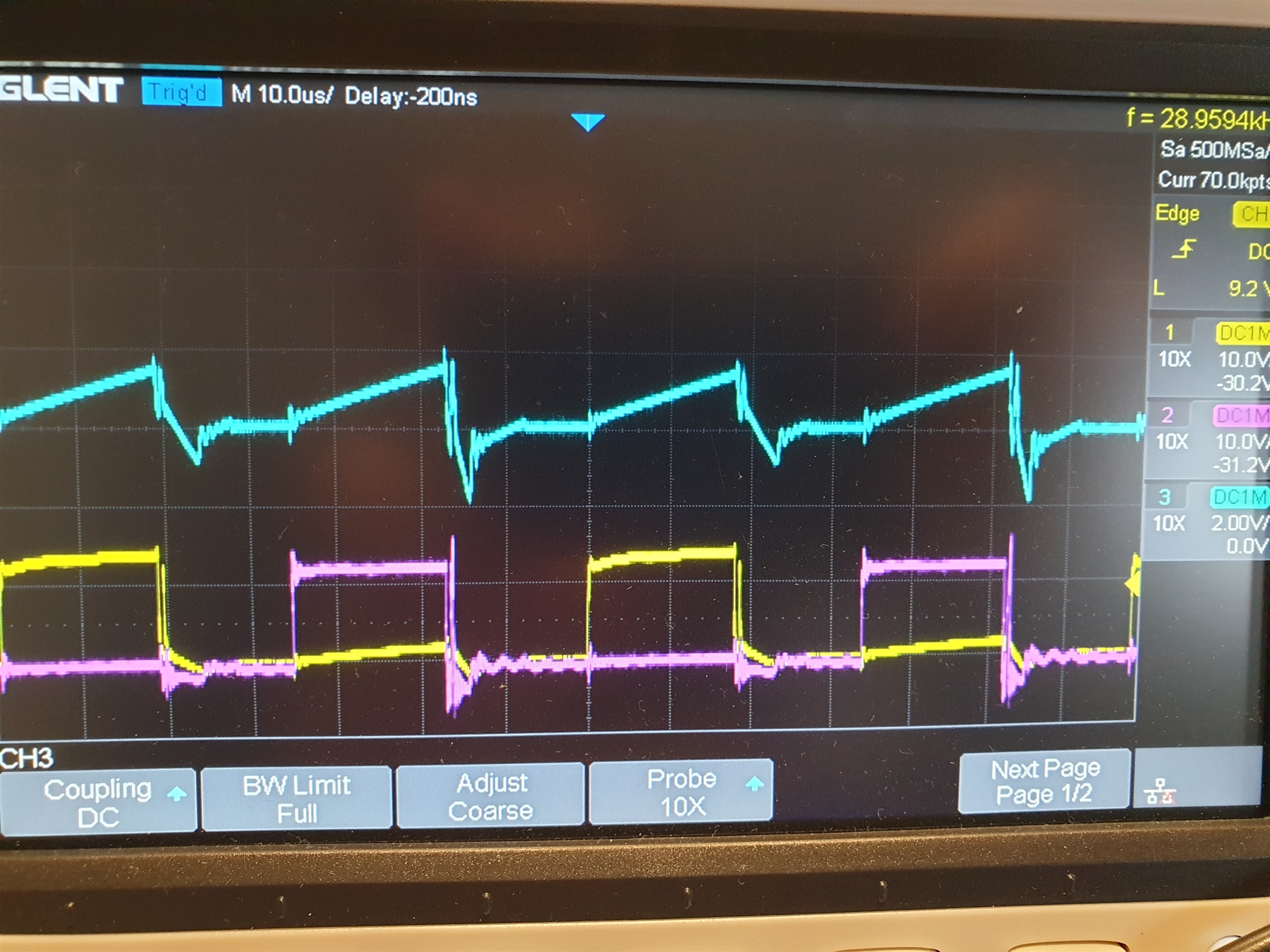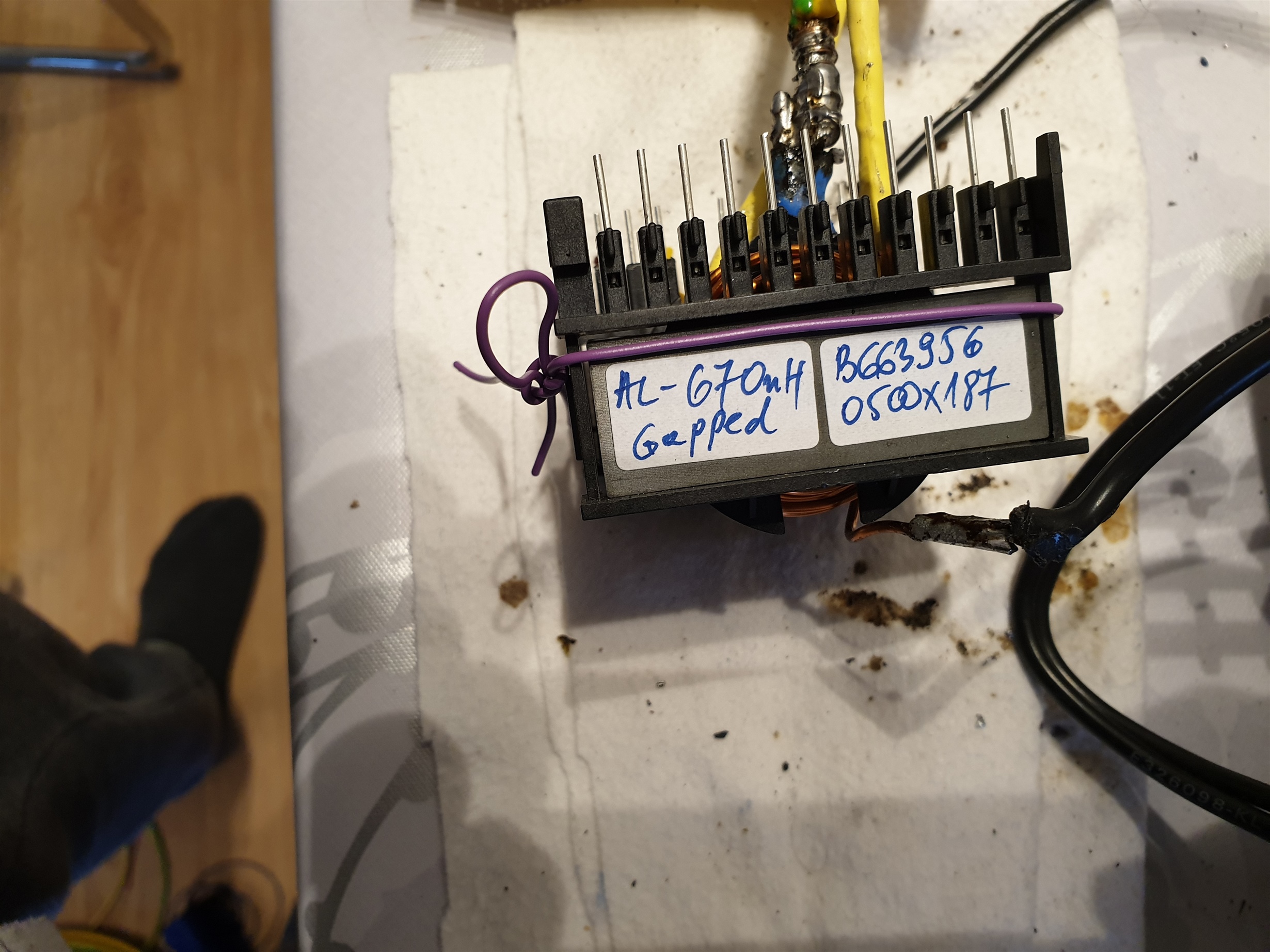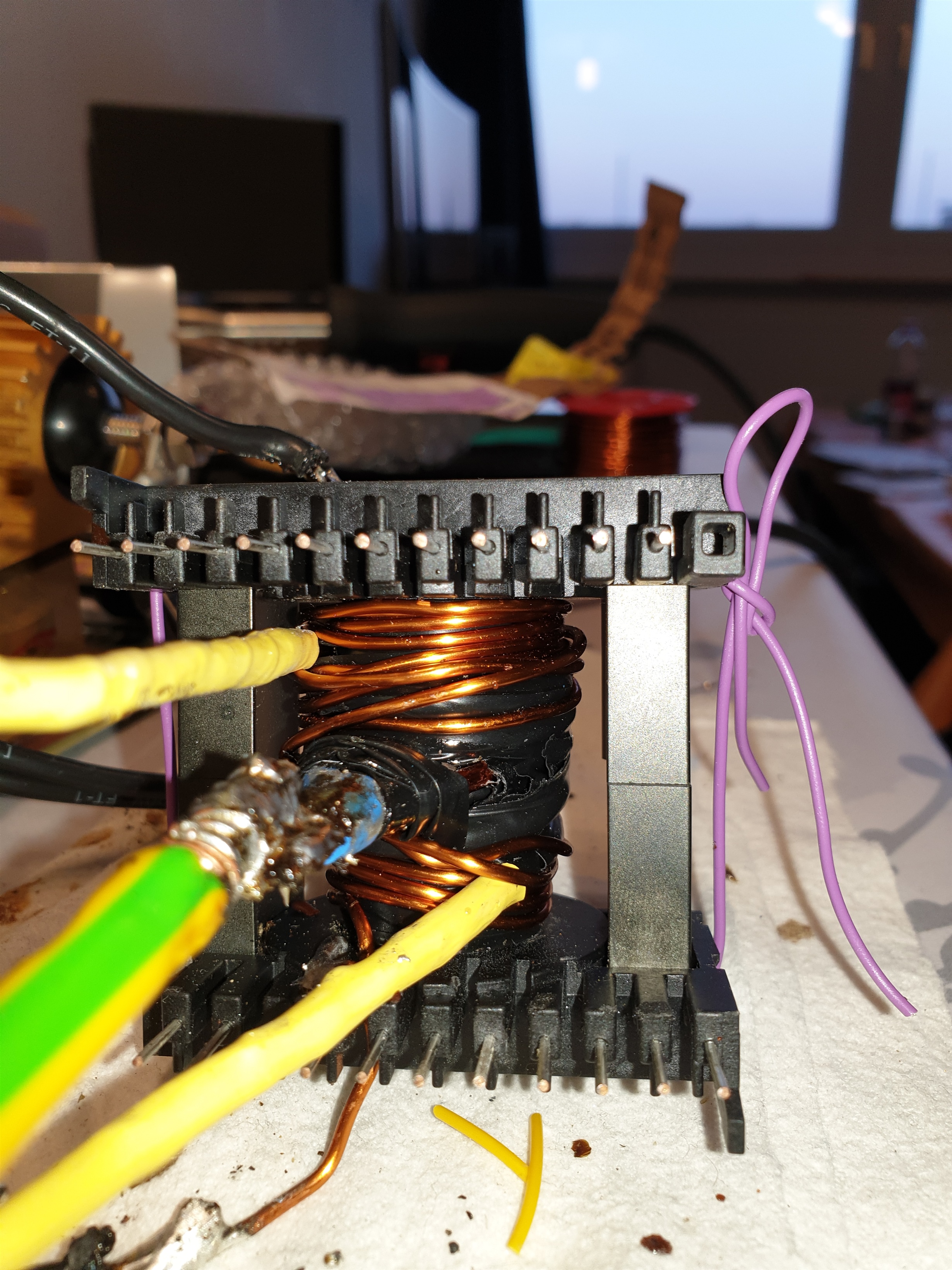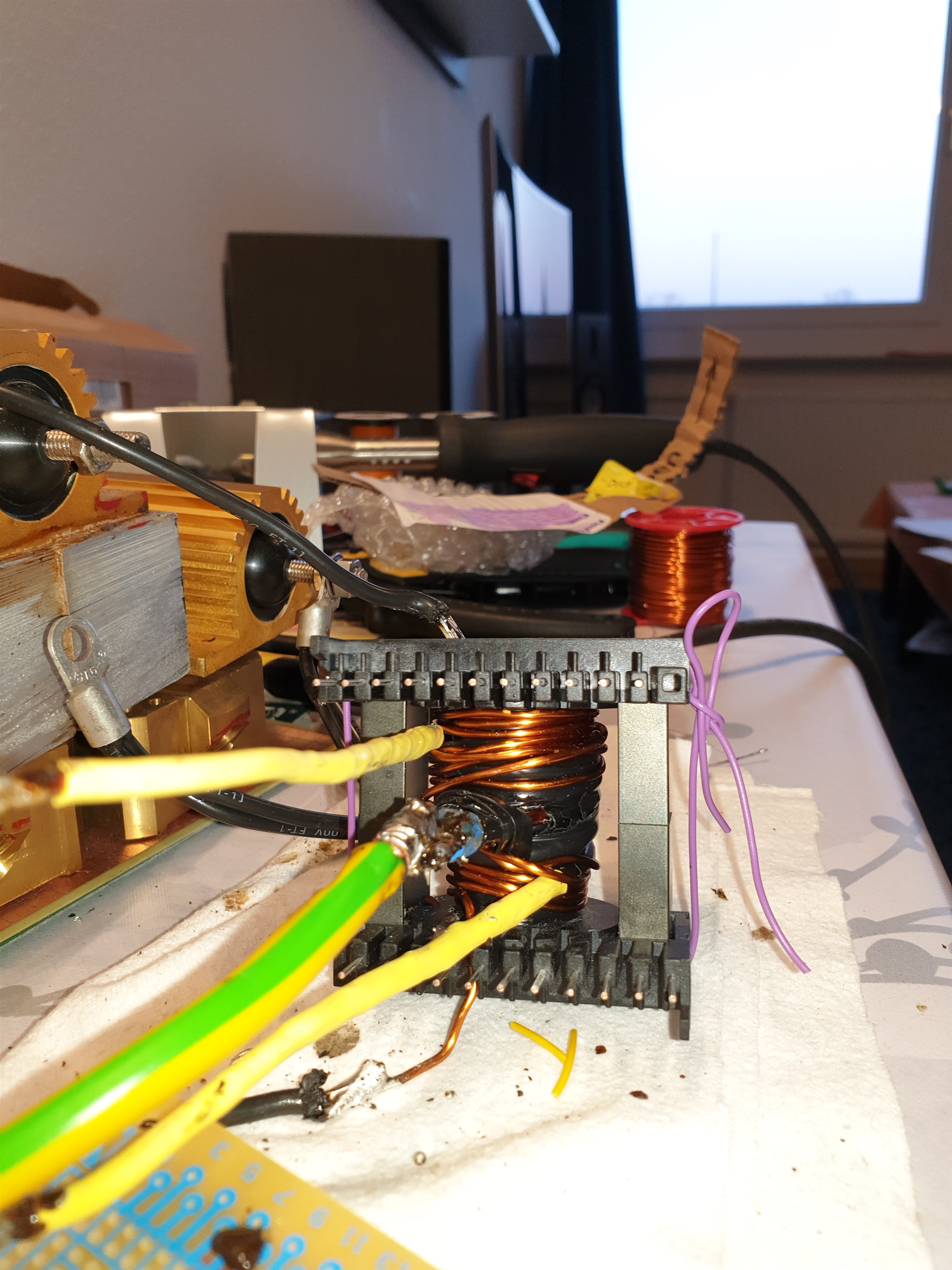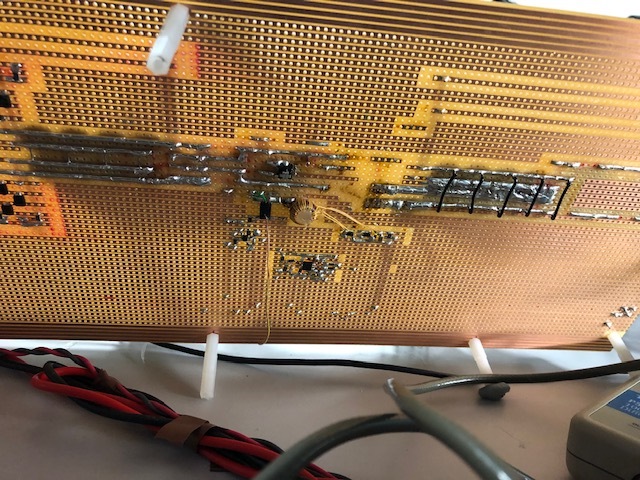Other Parts Discussed in Thread: SG3524
Hello,
I am having troubles closing the voltage feedback loop from the output to the inverting input of the error amplifier, pin1 of LM3524D. As soon as I feedback enough signal such that the IC starts to regulate, I get intolerable phase shifts of the two outputs signals and as a the MOSFETs burn out over time.
The IC is driving a pair of MOSFETs (through MCP1407 drivers in between) in a push-pull configuration with two primary windings centered at 12V. Circuit converts around 500W power from 12V to 51V DC (unfiltered) at 4.8Ohms and works as it should, very stable, no issues there.
The problem is such as, as soon as the signal from the output is so high enough that the IC is starting to regulate the output, which it does, the two outputs from the LM3524D start to phase shift very rapidly. With this kind of signal, it doesn’t take too long for the MOSFET to burn out.
I am using a 50kOhm potentiometer to feed back the output to pin 1. Also pin 1 is coupled to GND by a 100nF which forms a RC filter together with the Potentiometer.
When I investigated further, the triangular voltage generated at pin 7 (Ct) also phase shifts in the same pattern like the MOSFET signals, which appears to be the reason for the problem.
I have uploaded a short 34 second video showing on the oscilloscope the problem:
Do you have a tip on how to resolve the damaging for the MOSFETs phase shifted signals? Thanks for any help


